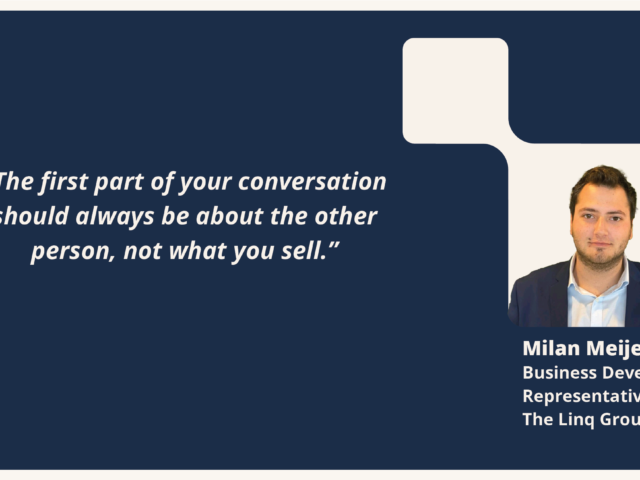Cold calling: an Introduction to Cold Calling For Sales-Based Businesses

In 2022, it can seem the entire business world revolves around the internet. From ecommerce to SaaS, more and more people are buying what they need online.
Despite those perceptions, the phone remains a powerful tool for sales organizations all over the globe. As both a way of connecting with new clients and closing on sales, using the phone is second only to email in popularity among salespeople.
Still, making those calls can be difficult. It’s even more difficult when the clients or customers don’t know you’re calling – what is known as a cold call.
To help you make that first impression a winning one, we’re breaking down what cold calling is, who uses it, and how you can get started today.
What is cold calling?
Let’s start with what cold calling is not. It’s not just picking up the phone and calling someone – anyone! – about your business and trying to sell them on it.
More accurately, cold calling is the act of contacting a prospect who you haven’t spoken with before and who isn’t asking to be contacted. This doesn’t mean that they may not ultimately be open to your product or service, only that they don’t know you or your company just yet.
Cold calls can also be connected to warm calls and hot leads.
Warm calls are follow-up calls on a prospect that has expressed some interest. Maybe they’ve written you a message or left a voicemail and are expecting to hear more.
A hot lead can be one that is ready to buy (maybe they’ve talked to an existing client and they’re already convinced), or it can be one of your current clients that is coming to you with a new need.
Knowing the difference between cold calls, warm calls, and hot leads will help you understand the approach to take when talking with your prospects.
What kinds of businesses use cold calling?
Cold calling is a fundamental part of many sales-based businesses.
These unsolicited calls include a representative from one company sharing their sales pitch to another client or company.
This technique is more often found in B2B companies than in B2C companies by nature of the costs involved, though there are examples of companies that deal with both. Businesses that use cold calling include:
- Insurance companies
- Telecommunications firms
- Legal services
- Home improvements
- Cable providers
How to get started with cold calling?
So now you know what cold calling is and what kinds of businesses use cold calling. Time to get started. (No, put down that phone!)
While it’s tempting to just pick up the phone and start dialing, let’s first talk about some strategies you can employ for cold calling success.
Why do we need cold calling strategies? For better or worse, cold calling can be a numbers game.
Think of the times someone has called you out of the blue. Did you listen to their whole pitch? Did you end up buying something? Or did you find an excuse to hang up as quickly as possible?
To help you get off on the right foot, here are four strategies inspired by Hubspot that can help you make the most of your cold calls:
- Tie Your Call To An Event – Is the company or client you’re calling making headlines? Have they just announced a new product or service? Or is there an event in your industry that they should know about? Start your call with this connection and how you add value to it, and you’ll set the table for a conversation about that value – not the fact that they don’t know you.
- Make A Mini-Invitation – One fundamental problem with the cold call is that it’s inevitably an interruption. When you can recognize that and ask for permission to have a minute of the recipient’s time, you are allowing yourself to be invited into the conversation – or to set up a call for a more productive conversation later on.
- Don’t Script, Do Research – It’s tempting to just run through a script and say the same thing. Instead, do some research on the client and ask them a question that is shaped specifically to them. When they understand that you’ve put in the time, you have a better chance of winning their attention than just by reading through lines.
- Ask For Help – Instead of heading straight for the sale, see if you can go through a gatekeeper by asking for assistance. By letting them know the goal of the call and asking for who might be the best person to speak to with regards to that request, you get a chance at an introduction.
Making Your First Cold Calls
As you get started with your first cold calls, remember that practice makes perfect. As long as you focus on the value you’ll add to the prospect and stay attentive, you’re sure to find success over the long run.
To learn more strategies about acquiring customers, be sure to check out our recent posts on the Linq Group blog.












